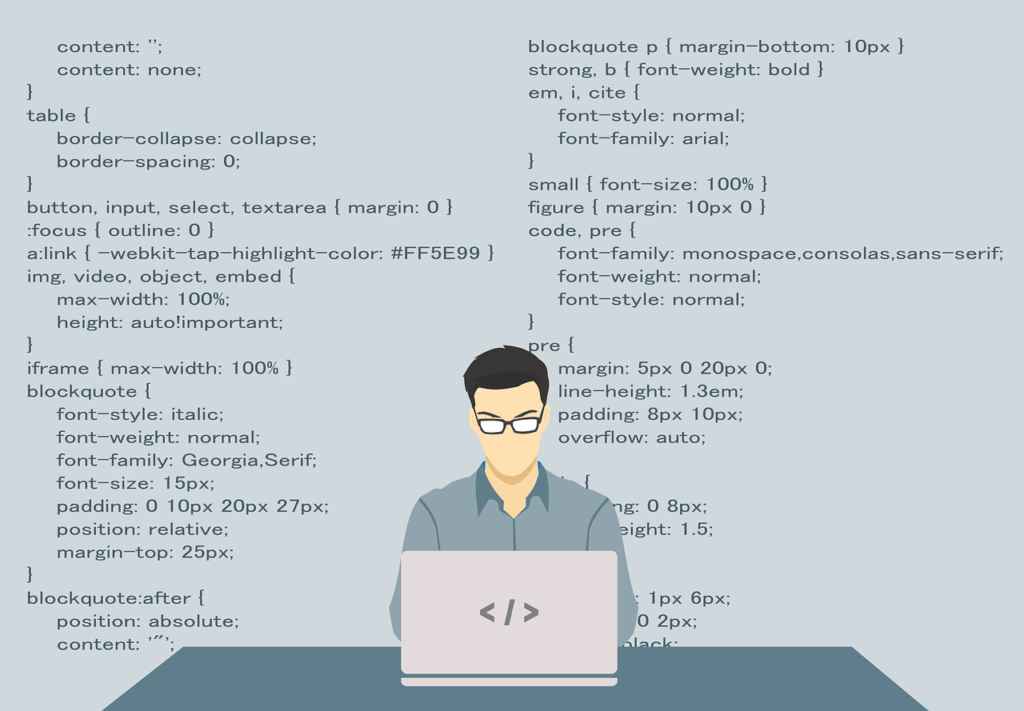Prevention is better than cure. It’s a saying that’s made us all think about the impact of our current decisions on our future selves. So, we do a little more exercise, eat a little less and try to make small alterations to build a brighter future. It’s the same ethos for those organizations that fail to take software security seriously. Small changes in the short term will save you from catastrophic events in the long term that can easily damage your reputational integrity and put your business at risk of massive financial loss due to regulatory fines, or outright theft.
An sSDLC (secure Software Development Life Cycle) is, therefore, a vital component for your organization’s future health. Like a personal trainer running through your code, it monitors your software to ensure it will run as safely and efficiently as possible without falling into any security potholes such as the high-profile hacking attacks and data breaches that regularly hit the headlines.
In other words, while it’s common practice for many frameworks to perform security-related activities only as part of the testing phases towards the end of the development lifecycle or current sprint, an sSDLC integrates security activities across the lifecycle to help discover and reduce vulnerabilities early on.
The result? Your software is of the highest quality. It looks its best and is fighting fit. Your organization makes security a continuous concern across the development cycle to produce more secure software. Any flaws in the system are detected at an early stage, resulting in cost reductions thanks to swift detection and resolution of issues. Stakeholders are more aware of security considerations and your organization sees an overall reduction of intrinsic business risks.
How does it work?
Whether your current framework uses waterfall, iterative or agile methodologies does not matter. Generally speaking, an sSDLC is set up by adding security-related activities to your existing development process. Such activities include the implementation of scanning tools to ensure your software adheres to the rules of your sSDLC. According to application security solution provider Checkmarx, while it’s important to tailor your sSDLC to your organization, there are four basic steps to facilitate secure software development and to get your sSDLC scans up and running:
1. Build an easy-to-understand and transparent process
You must engage with your development teams at an early stage of the sSDLC deployment process so they understand exactly what to do when conducting a scan. For example, when and what should they scan within their code? And what are next steps if the scan results reveal vulnerabilities? Clear online documentation is a must. You should provide a collaborative platform where developers can communicate with your security teams to share and access information, ask questions and search for advice during these early days, and into the future.
2. Gradually deploy scans to the UIs
Don’t migrate every developer over to your sSDLC scanning system in one go. Gradually implement scan capabilities to a handful of teams, taking your time to ensure each individual team is comfortable with the new scanning systems before moving onto the next team’s implementation. This will help your organization to understand the impact of your sSDLC scanning system on processes, people and the current development landscape, allowing you to correct any teething problems before it’s launched across the entire business.
3. Educate your developers
Train your developers to ensure they understand any vulnerabilities exposed by a scan and how to deal with them. Make sure they understand the associated tools and how to interpret the scan results. For example, if a scan detects a major issues, your developers must understand that the build needs to stop to prevent vulnerable software entering the production environment. This training could be done with a series of workshops, online courses, one-on-one training or a combination of these methods.
4. Handpick some training advocates
Train a squad of trainers so that every development team has at least one member with the knowledge and experience to train other users. These sSDLC advocates can then support their individual teams, as well as run scans and review the results.
These four steps will set your organization off on the right foot for a healthy future with an sSDLC. As with any new regime, it takes time to change bad habits for good habits, but a transparent and iterative approach, backed with a healthy dose of training, will ensure the future wellbeing of your organization.
- Why Going Green with Tech Doesn’t Need to Cost the Earth - September 18, 2020
- Under 13s Most Likely to Suffer a Phone Related Injury - August 22, 2020
- The Products You Need for a Business on the Move - June 16, 2020




Nice! You have very briefly explained the whole SDLC process in just 4 steps. Well, software development life cycle is really important for delivering high quality product and according to me, the process can be elaborated a little. Different phases in SDLC are :- 1. Understanding client’s requirement 2.Research and developing a Business requirement document 3.Planning 4.Designing 5.Development 6. Testing and Deployment 7.Maintenance.